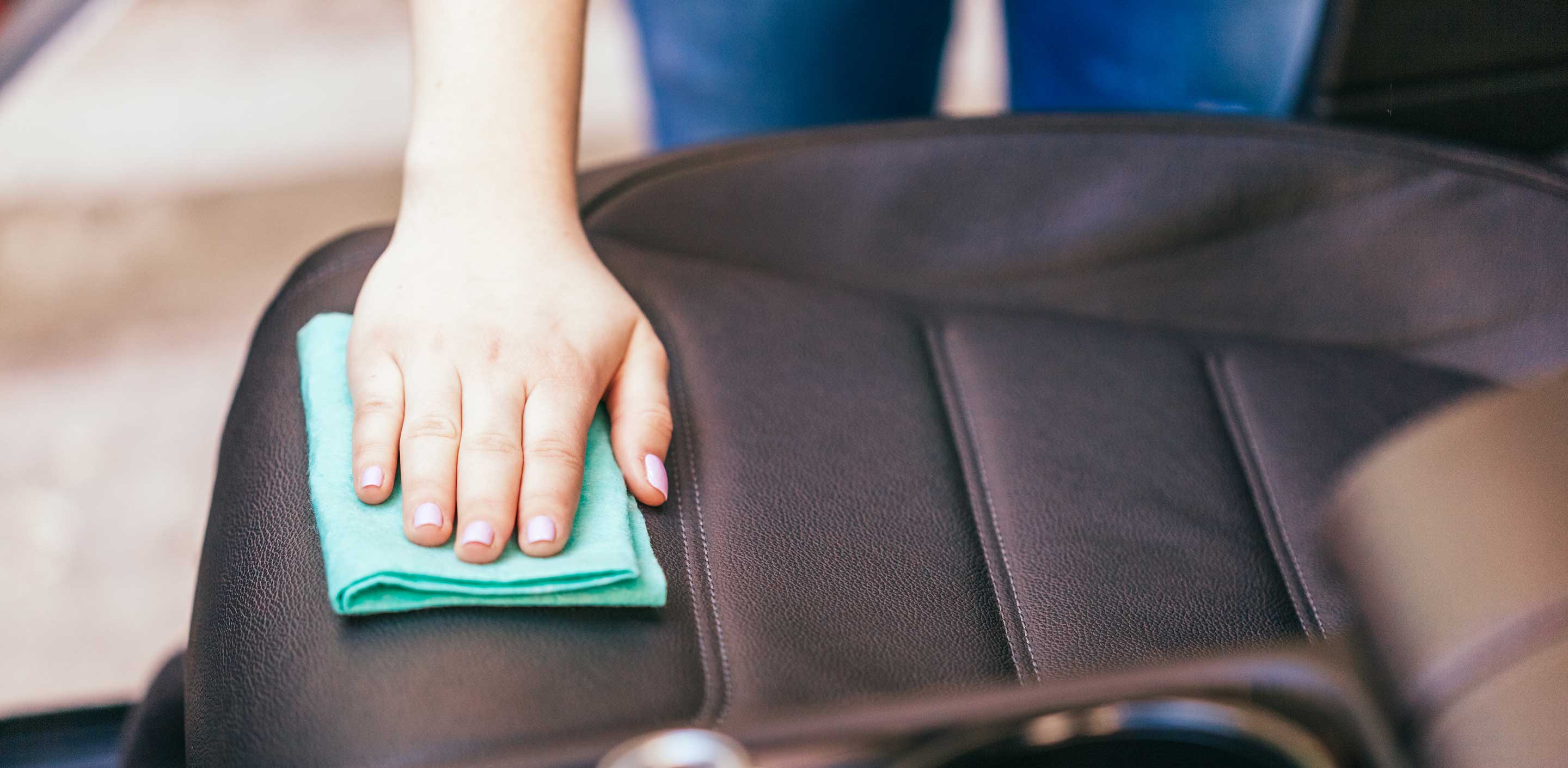Safeguarding Elegance: The Ultimate Guide to Disinfecting Leather

In the era where cleanliness is more crucial than ever, maintaining and disinfecting your leather goods without compromising their quality and appearance becomes a significant concern. Leather, with its porous nature and delicate finish, demands careful handling, especially when it comes to disinfection. Here's an in-depth guide on how to disinfect leather, examining various methods and their implications for the material's integrity.
Understanding Leather's Vulnerability
Leather is a natural material that can be damaged by harsh chemicals, excessive moisture, and abrasive cleaning techniques. Its unique characteristics – durability, patina, and texture – can be preserved with the right care, making the choice of disinfectant crucial.
Different types of leather may react differently to disinfectants, so it's important to understand what you're working with before starting the cleaning process.
Disinfection Methods Explored
1. Leather Disinfectant Spray:
Commercially available leather disinfectant sprays are specifically formulated to balance efficacy in killing germs with the need to protect the leather’s finish and color. These sprays usually contain mild disinfecting agents that are effective yet gentle on leather. Spray lightly onto a microfiber cloth and gently wipe the leather surface. Avoid direct application to the leather to prevent spots or saturation. This method works well for women's leather jackets and other delicate items.
2. Isopropyl Alcohol Solution:
Isopropyl alcohol, particularly a 70% solution, is effective against most pathogens. When diluted with water, it becomes safer for leather application. Dampen a cloth with the solution and lightly wipe the leather. Alcohol can dry out leather, making it imperative to follow up with a leather conditioner. This is especially important for maintaining the suppleness of premium leather goods.
3. White Vinegar Solution:
White vinegar, known for its natural disinfecting properties, offers a mild alternative to chemical disinfectants. Mix Equal parts water and white vinegar to ensure a mild solution that's less likely to harm the leather. Besides disinfecting, vinegar can neutralize odors and tackle some stains. This method is particularly useful when dealing with leather jacket odors or minor staining issues.
4. Mild Soap and Water:
For routine cleaning and mild disinfecting, a gentle soap solution can be effective, especially against common germs. A foam created from mixing a pH-neutral soap with water can be applied with a sponge or cloth. It’s crucial to remove soap residue with a clean, damp cloth to prevent buildup. For comprehensive cleaning instructions, check our guide on how to clean a leather jacket properly.
5. UV-C Light Treatment:
Utilizing UV-C light for disinfection is a non-invasive method that doesn’t involve liquids or chemicals, reducing the risk of damaging the leather. Expose leather goods to UV-C light for a specific duration to disinfect the surface. Ensure the device is designed for disinfecting objects and follow manufacturer guidelines closely. This method is ideal for sensitive vintage pieces or film jackets that require extra care.
Ensuring Effective Disinfection While Preserving Leather
- Consistency and Caution: Regular disinfection combined with cautious application preserves both the health of the user and the integrity of the leather. Follow proper leather jacket care routines for best results.
- Conditioning Post-Disinfection: After any disinfection process, applying a quality leather conditioner is essential to replenish oils and maintain the leather’s suppleness. Consider using specialized leather care oils for deep conditioning.
- Professional Advice for Valuable Items: For high-end or sentimental leather goods, consulting a leather care professional before attempting disinfection can prevent irreversible damage. This is especially important for rare pieces like superhero leather jackets or collector's items.
Conclusion
Disinfecting leather doesn’t have to be daunting. By selecting the appropriate method and products, you can ensure your leather goods are both safe and well-maintained. Remember, the longevity of leather lies in the balance between regular care and cautious cleaning. Adopting a routine that includes gentle disinfection and conditioning will keep your leather looking pristine, ensuring it remains a durable and stylish companion through the years.
Frequently Asked Questions
Can I use hand sanitizer on leather?
Avoid using hand sanitizer on leather. Most hand sanitizers contain high concentrations of alcohol (60-95%) which is too strong and will dry out and damage the leather's finish. If you accidentally get hand sanitizer on leather, wipe it off immediately with a damp cloth and condition the area afterward.
How often should I disinfect my leather jacket?
For regular use, disinfect your leather jacket once a month or when visibly soiled. If you're using it in high-contact environments like public transport, you might want to do a quick wipe-down weekly. Don't overdo it though – too frequent disinfection can dry out the leather and cause damage.
Will disinfecting leather change its color?
If done correctly with appropriate products, disinfecting shouldn't change leather's color. However, alcohol-based solutions and harsh chemicals can sometimes lighten or darken leather, especially if applied too liberally or left to soak. Always test any cleaning solution on a hidden area first, like the inside hem or under a collar.
Can I use Lysol or Clorox wipes on leather?
No, avoid using Lysol, Clorox, or similar household disinfecting wipes on leather. These contain harsh chemicals that can strip the leather's protective finish, cause discoloration, and dry it out. Stick to leather-specific products or the gentle methods mentioned above like diluted vinegar or mild soap solutions.
What should I do after disinfecting leather?
Always condition your leather after disinfecting. The disinfection process can strip natural oils from the leather, making it dry and prone to cracking. Wait for the leather to dry completely (usually 15-30 minutes), then apply a quality leather conditioner. Buff gently with a soft cloth and let it absorb overnight for best results.


